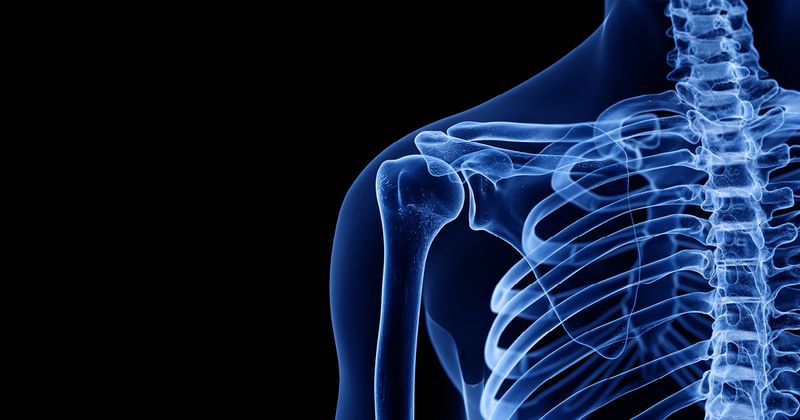Vitamin D deficiency linked with poor outcomes in patients with shoulder instability
ATLANTA — Vitamin D deficiency was associated with decreased bone density, more severe bone defects and poor overall outcomes in patients with recurrent traumatic shoulder instability, according to study results presented here.
“Vitamin D is not just a question of bone. It’s important for soft tissue [and] the brain. It is acting everywhere in the body,” Dominique M. Rouleau, MD said in her presentation at the American Shoulder and Elbow Surgeons Annual Meeting. “We know that if you have very low vitamin D, your mortality is increased.”

Rouleau and colleagues analyzed the effects of vitamin D levels on a prospective cohort of 74 patients (mean age of 30 years) who underwent Bankart or Latarjet for recurrent traumatic shoulder instability with a mean follow-up of 3 years. Researchers defined a normal level of vitamin D to be 75 international units (IU). They defined an important deficiency as less than 50 IU and a severe deficiency as less than 30 IU. Outcome measures included bone mineral density, bone deficits, quality of life questionnaires, Western Ontario Shoulder Instability (WOSI) scores and Disabilities of Arm, Shoulder and Hand (DASH) scores. Rouleau said all patients with low vitamin D levels were supplemented with 1,000 IU of vitamin D daily.

Overall, 83% of patients had vitamin D levels less than 75 IU. Specifically, 45% of patients had vitamin D levels less than 50 IU and 12% of patients had vitamin D levels less than 30 IU. Patients who had vitamin D levels lower than 50 IU had a WOSI score of 609 and DASH score of 17.47, compared with 564 and 14.65 in patients who had vitamin D levels higher than 50 IU, respectively. Additionally, patients who had vitamin D levels less than 50 IU showed more glenoid and humeral bone loss.
“Now personally, I have more questions, actually, than answers, because I’m wondering why there is a long-term effect on function,” Rouleau said. “Is it because they don’t take [the supplement]? I don’t know. Is it because there is still a functional impact even 3, 4 [or] 5 years later, because at a younger age they weren’t vitamin D deficient? I don’t know,” she said.

